One of the Best Day Trips from Paris
Plus, Naples gets another cool metro, an annoying luxury hotel practice, and the coming backlash to Americans moving abroad.
This week’s feature is from my archives, one dear to my heart that no longer exists because the outlet is defunct—so I’m giving it new life here. If you’ve read it before, feel free to jump to Department of Grievances and industry news. Next week I’ll be covering the hotels opening in 2025 I’m most excited about.
It’s not exactly a pitch that leaves you yearning: “Come to France to visit the city of a thousand chimneys.” A former industrial city in the perpetually gray north of France, Roubaix once dominated the global wool industry. Nowadays, it only makes its way into the news as the birthplace of Bernard Arnault, Europe’s richest man.
And yet, it is surprisingly one of the best day trips one can take from Paris. Here, in a handful of hours, one can visit one of the greatest houses in all of France, the Villa Cavrois, and a museum that some contend is its most beautiful, La Piscine. All without the crushing crowds so common at other tourist destinations near Paris.
It may be a mere hour by high-speed rail from Paris to Lille, and then a quarter-hour taxi to Roubaix, but on the early spring morning I ventured here it felt like I’d entered another country. While Paris has its fair share of overcast days, here a few kilometers from Belgium (Roubaix sits right opposite the division of Flanders and Wallonia) even without rain everything is wet.
That taxi drive to the villa and back into town to La Piscine offers a decidedly mixed architecture which hints at the centuries of fighting over who controlled this rich pocket of the globe. Alongside classical French limestone edifices are plenty of streets of brick townhouses trimmed with flamboyant white details that could convince you you’re in England or the Netherlands.
There are other glimpses of this city’s past as you make your way by car. On the Rue de Mouvaux is the elaborate and polychromatic gatehouse of the Palais Vaissier, a now destroyed Orientalist palace built during the Belle Epoque by a titan of soap manufacturing.
Exiting the city center and approaching the villa, you cruise along a boulevard lined with romantic Anglo-Norman mansions. Paul and Lucie Cavrois, the textile industrialists who commissioned Villa Cavrois thought they were just like all these other wealthy families building these rambling revival style homes. In a move befitting one of the titans of industry of his day, Cavrois commissioned Jacques Gréber in 1923 to design one of those fairy tale manors on a hill outside of town in the commune of Croix. Gréber had already designed a number of houses in France, the Benjamin Franklin Parkway in Philadelphia, and laid out the grounds at the third largest home in the U.S., Whitemarsh Hall in Pennsylvania.
Just two years into the project, despite plans having been drawn up, Cavrois called it off. He had just attended the revolutionary Exposition Internationale des Arts Décoratifs, the 1925 event that gave Art Deco its name, and fallen in love.
Sauvage, Wybo, Corbusier, Ruhlmann, Chareau, Lalique—there was no shortage of towering figures in the world of architecture and design who took part in the fair. But the tower that literally overshadowed all of them was designed by one of the stars of the era, Robert Mallet-Stevens.
Despite having an entire street in one of the richest parts of Paris named after him that is also lined with buildings he designed, Mallet-Stevens is far from a household name today. But Monsieur Cavrois must have been struck when he saw the distinctive tower with fins designed by the popular architect. After seeing that tower created by Mallet-Stevens and the block of modern townhouses he was designing in the 16th arrondissement, Cavrois hired the elegant architect.
A roughly hour-long tour of the house their partnership produced begins just as it would have nearly a century ago, by passing through its box-like yellow brick gatehouse and onto the curved driveway for a somewhat perplexing three-quarter view of the villa. Perplexing, because it’s not her best angle. Instead, everything about the first view seems intent on startling, especially if you try to imagine what seeing this 20,000 square-foot villa in 1932 would have been like, surrounded by bourgeois historicist houses behind high hedges.
It’s a long, rectilinear, and austere building, shorn of frills or decoration. Save the two thin cylindrical columns porte cochère, it’s all right angles. Oh, and it’s a golden yellow brick, more often associated with factories or municipal works, like the one that influenced the house, the city hall of Hilversum in the Netherlands.
Mallet-Stevens seemed determined to draw attention to that color, as well as the stretched horizontality of the building, as he had the horizontal mortar joints painted pitch black, and the vertical dyed yellow. He might have been influenced by a trippy striped house proposed by Adolf Loos for Josephine Baker in Paris that was never built.
Mallet-Stevens was a successful set designer of the silent film era, and the villa’s composition is best thought of as a modern stage on which domestic life played out. As the films were silent, he believed the sets must speak before the characters appear in the scene. At Villa Cavrois, that stage is almost entirely on the rear of the house with its reflecting pool stretching out more than 230 feet and the central sitting room which stretches a neck-craning 23 feet high.
A visitor, then and now, pulling up the gravel driveway to the severe front, walking through the glass doors, and up the Belgian black and Carrara white marble stairs, is then confronted with a small set of lacquered black doors. Only after shedding the remains of the world outside and walking through these doors resembling a black screen at the start of a movie, does one enter the micromanaged world of Mallet-Stevens.
And what a world he created, with colors that pushed French tastes, luxurious materials, and little details which make a tour a veritable feast for the eagle eyed. The living room with its towering glass wall overlooking the lawn is painted in a sort of lichen green with a sunken black-and-yellow Siena marble fireplace carved into its side.
The adult dining room is wrapped in green Swedish marble and has a mirror running alongside one of its walls so that even guests with their back to the lawn could get a view. I might have preferred to dine on some evenings in the children’s dining room, though, as it was done up in zebrawood with a sculptural relief on the wall by the Frères Martel (their studio in Paris designed by Mallet-Stevens has become a mecca of sorts for modernism lovers).
A sexy smoking room is encased in Cuban mahogany and the master bedroom decked out with veneer of palm. Chrome is everywhere—on the swooping radiator covers, on hinges, cabinets, and even on kick plates. One bedroom resembles a Mondrian painting morphed into 3D objects while the master bathroom is an envy-inducing vision in sleek white marble.
Fortunately, thanks to years of work and gobs of money spent at auctions by the government, many of the furnishings are original to the house. Except for the Martel relief, no art was hung on the walls. Mallet-Stevens thought the colors, materials, and sculptural shapes of the rooms were decor enough. It was to be a house that was efficient both in practice and aesthetics.
“Genuine luxury,” he once declared, “is living in a well-heated, well-ventilated, gay, and light-filled setting, requiring the least number of useless gestures and the smallest number of servants.”
There is one room you’ll find a bit, as the French say, dishabille. A bedroom on the second floor is in ruins, which was the state of the mansion by the 1990s when it was left to crumble. In 1932, when the house was finished, the Villa Cavrois and its architect were grouped with two other houses finished that year—the Maison de Verre in Paris by Pierre Chareau and the Villa Tugendhat in Brno by Mies van der Rohe.
But when Mallet-Stevens died in 1945 he had his papers destroyed and he faded into relative obscurity. Embarrassed by the modernist yellow house since it was unveiled, the Cavrois children apparently felt little attachment to it. The house had served as barracks for occupying German troops in World War II, undergone a redesign by the Cavrois heirs in the 1950s, sold, and then abandoned and left to rot in the 1990s by developers whose plans had been stymied. So, it’s remarkable the French government spent more than 20 million euros and the first decade and a half of the 21st century painstakingly restoring the house based on photos and other documents, as almost nothing except the parquet floors remained on the interior.
While the villa called for a restoration to its former glory, back in town the French were confronted with a somewhat similar dilemma—what to do with an ornate but outdated swimming complex in the city center? A transformation was the result, from the grandest public swimming pool in France into a contender for the country’s most beautiful museum and the second major reason to visit this city—La Piscine.
In the early 20th century, Roubaix had a socialist mayor, Jean-Baptiste Lebas, who was also a believer in the hygienist movement which emphasized large scale public health measures. In a factory city where disease could spread rapidly due to lack of cleanliness, a large bathing facility seemed an obvious solution.
Lebas commissioned Albert Baert, an architect who designed numerous public baths, mansions, and municipal buildings in the region, to build a modern day temple for the body inspired by the ancient Romans. There were bathtubs, showers, a gym, the pool, and even a central garden around which the whole complex was oriented. All of it was decorated in a dazzling array of Art Deco details, down to the golden pieces of mosaic lining the rim of the pool.
At first, the masses of Roubaix didn’t come because it was too luxurious. So, a curator from the museum informed me, the city ended up requiring its citizens to bathe there once a week. At the end of each day, the pool would be brown and dirty because people would skip the shower before jumping in.
The pool is housed in a staggering vaulted hall with semi-circle colored rippled glass tympana at each end. But by the mid-1980s the facility had outlived its usefulness. It was, in the words of its guidebook, “corroded, tired, and exhausted.”
In a stroke of genius, it was decided the pool complex would be transfigured into an art museum.
Jean-Paul Philippon, one of the architects who turned the former Orsay train station in Paris into one of the world’s most popular art museums in the 1980s, spearheaded the transformation of the swimming pool into an elegant showcase for art. In the detailed former pool entrance hang the works of artists from this region of France and an extension built just a few years ago houses an exhibition on the history of Roubaix itself that makes for a good primer on this city before enjoying the art.
The bath complex cafeteria has also been reconstructed from archival photos, making it a fine place to refuel before diving in. Scattered throughout the complex are works by Pompon, the aforementioned Martel brothers, Rodin, Ingres, Bonnard, Vuillard, Gérôme, as well as extensive textile archives
The real show, though, takes place in the cathedral-like pool. Orange and yellow light from the colored glass at both ends glints off the water and the ceramic tiles lining the walls. Arrayed on pontoons floating on the pool is some of the museum’s sculpture collection. Two levels or ornately wrought balconies wrap around the whole scene.
It’s an astonishing sight, and on a quieter day the sole sound is that of the water pouring out of the mouth of a statue of Neptune. Opposite Neptune is the colossal portico of polychrome enameled sandstone designed by Alexandre Sandier for the 1913 Universal Expo. The changing stalls around the pool have been converted into displays for the museum’s vast collection of ceramics, textiles, fashion, and other applied arts.
Sure, there are more classic or flashy day trips from Paris. Versailles, Giverny, Fontainebleau come to mind. But their being star attractions brings crowds that can make a visit unpleasant.
For a day trip that leaves you enriched, full of appreciation for human creativity, proud that you went somewhere most might not have heard of and thus without the sour note of conveyor belt tourism, the old factory town of Roubaix awaits.
The Villa Cavrois is open every day except Monday, from 10 a.m. until 6 p.m. La Piscine is open Tuesday to Thursday from 11 a.m. until 6 p.m. Friday from 11 a.m. until 8 p.m., and on weekends from 1 p.m. until 6 p.m. It is closed on Mondays.
DEPARTMENT OF GRIEVANCES
I am fascinated by this trend of “fad tourism” in China where smaller cities are becoming popular destinations overnight because of an influencer or something that catches fire on social media. The latest is the trend of a 50 kilometer night cycle from the metropolis of Zhengzhou to the historic city of Kaifeng to eat a specific type of soup dumpling. The trend grew so popular that in recent weekends tens of thousands of students took part in the ride, and the photos of clogged highways and a sea of parked bikes are shocking. (Video of it here.)The world is still in a holding pattern when it comes to the return of Chinese tourism, but if and when it does return tapping into this kind of enthusiasm could be something worth considering for lesser known or less popular destinations.
Some interesting news out of Expedia group (Expedia, Hotels.com, Vrbo) this week. First, Barry Diller says no to an Expedia-Uber deal. Second, the company has finally started to see growth at Vrbo. A big driver for that has been its expansion in urban areas, which was definitely weak as anybody who has ever tried to use Vrbo when AirBnB was lacking knows. And the platform has also dabbled recently in discounts that AirBnB has long offered, including percentage off certain length stays, for instance. But it’s hard not to see Vrbo as the Lyft of short-term rentals—both in terms of its interface and in terms of its limited offerings. And I’m not sure Expedia will spend what it takes to get it out of the reputation. I say that because of what has happened to Hotels.com, which continues to suffer. The lack of movement on either scrapping One Key or upping its value for loyal customers (it once had the most lucrative rewards program and the current one is worth like a tenth of what it was) makes me think Expedia won’t do what it takes to make Vrbo break through.
Using trip credits has always been a nightmare with American Airlines, but finally the airline has updated things where they’re automatically in the app and an option when you go to pay for a booking.
The Italian city of Naples may have a modern reputation for grit and grime, but in transportation nerd world it’s famed for the designs of its metro stations. There’s the trippy Toledo station with its undulating blue-and-white mosaics, the psychedelic Università, and the sleek modernism of Municipio Porto. And now there’s a fantastic new addition: a new timber Centro Direzionale di Napoli designed by Benedetta Tagliabue. I sort of thought these kind of wavy roofs were done, but I love the material choice and the wooden warmth underneath its canopy is a nice change of pace from the cold and startling effects of most modern transport design choices.
I am truly happy for the people who have found success online and are building careers out of their followings. It’s a lot of work and requires a level of shamelessness that even I, in all my vanity, cannot fathom. (Just as I cannot fathom the shamelessness of somebody doing sales, campaigning for office, or trying to get a startup off the ground.) So I don’t usually roll my eyes at somebody doing a fit check on the sidewalk or filming a video somewhere beautiful. After all, a decade ago I can remember older generations sneering at people taking photos or selfies in tourist spots and now all older people do is take photos of the most mundane stuff for their Instagrams. That being said, the lack of any sense of time and place really has to end. One influencer recently was banned from the New York City marathon because he had two videographers on e-bikes following him during the race and they got in the way of runners. On Wednesday, I went down to the Lincoln Memorial to read Lincoln’s Second Inaugural and enjoy the beautiful weather. And there, on a pedestal, was somebody doing multiple takes of a TikTok dance. There needs to be a social media version of WWJD, but I can’t think of who the person is we should be comparing ourselves to for social media behavior.
This tweet about how annoying the check-in process at luxury hotels has really struck a nerve, and it’s well worth folks in the industry scrolling through the replies. Especially if you’re interested in what rich people in the tech industry are thinking when it comes to hospitality. But it really is remarkable how all the promises of tech efficiency and such have come to nil in hotels. In fact, I’ve started to ignore the pre-check-in forms and surveys from hotels because I’ve noticed little to no effects whatsoever in my experience at the property, and often there are still more forms to fill out upon arrival.
If even a small fraction of the Americans currently curious about living abroad do so, the ramifications for affordability and culture in popular destinations are going to be huge. Remember how a small fraction of New Yorkers and Californians fleeing during Covid upended prices in the suburbs and warm-weather states? Now imagine a similar gusher of Americans making six-figures to Mexico City, Rio, Amsterdam, Lisbon, Cape Town, and so on. There will be plenty of money to be made by those who can capitalize on it, but I tremble a bit at the backlash and crises that will bubble up out of this.
TRAVEL INDUSTRY NEWS
Pompeii to cap daily tourist numbers at 20,000
National Parks are free tomorrow
The World’s Best Vineyards (if World’s Best lists are your thing) have been named
Spanish hotel brands came in at the top of a recent customer survey
American Airlines is making it harder for its flight attendants to kick off passengers
Lisbon residents submit petition to ban short-term rentals in residential buildings




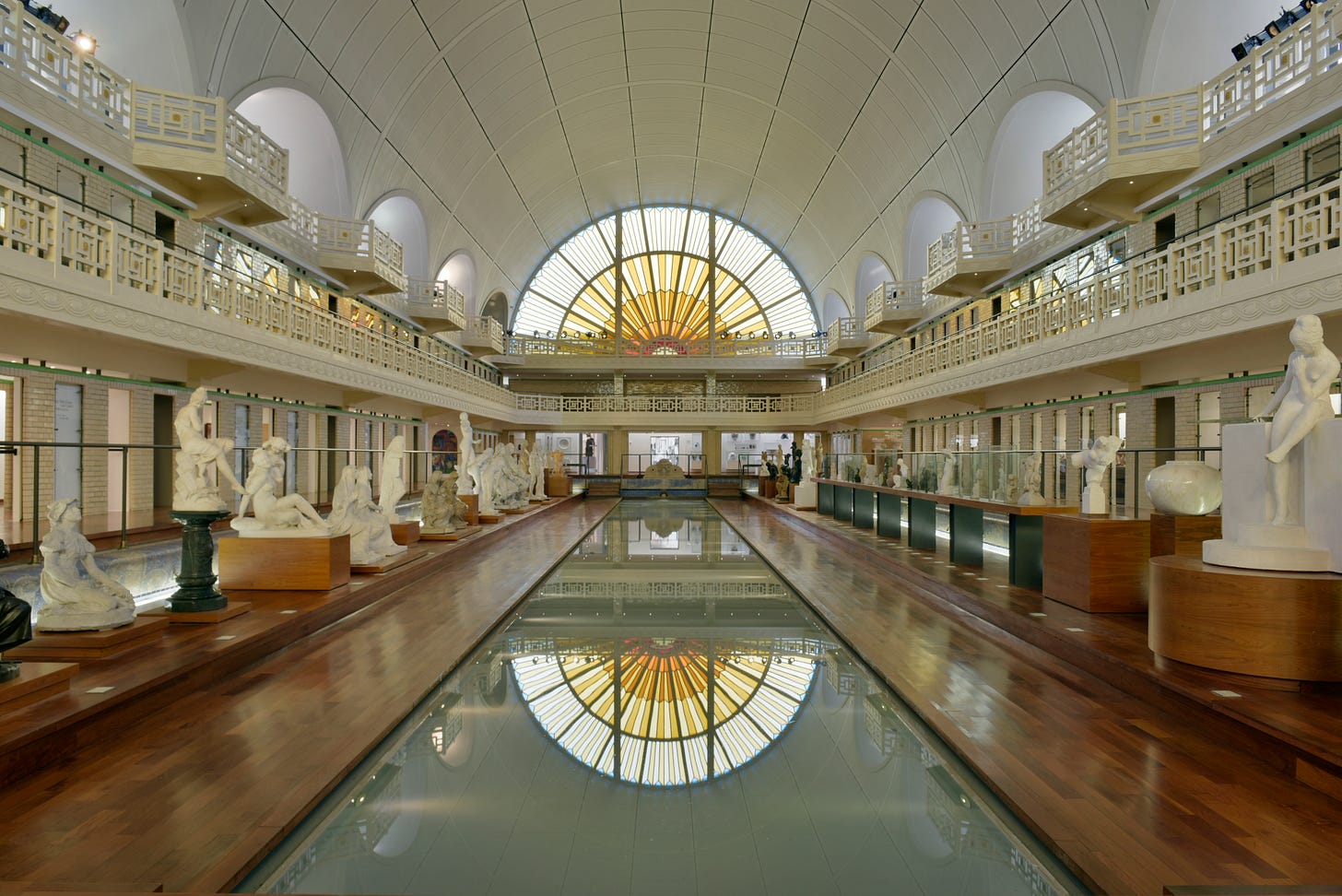
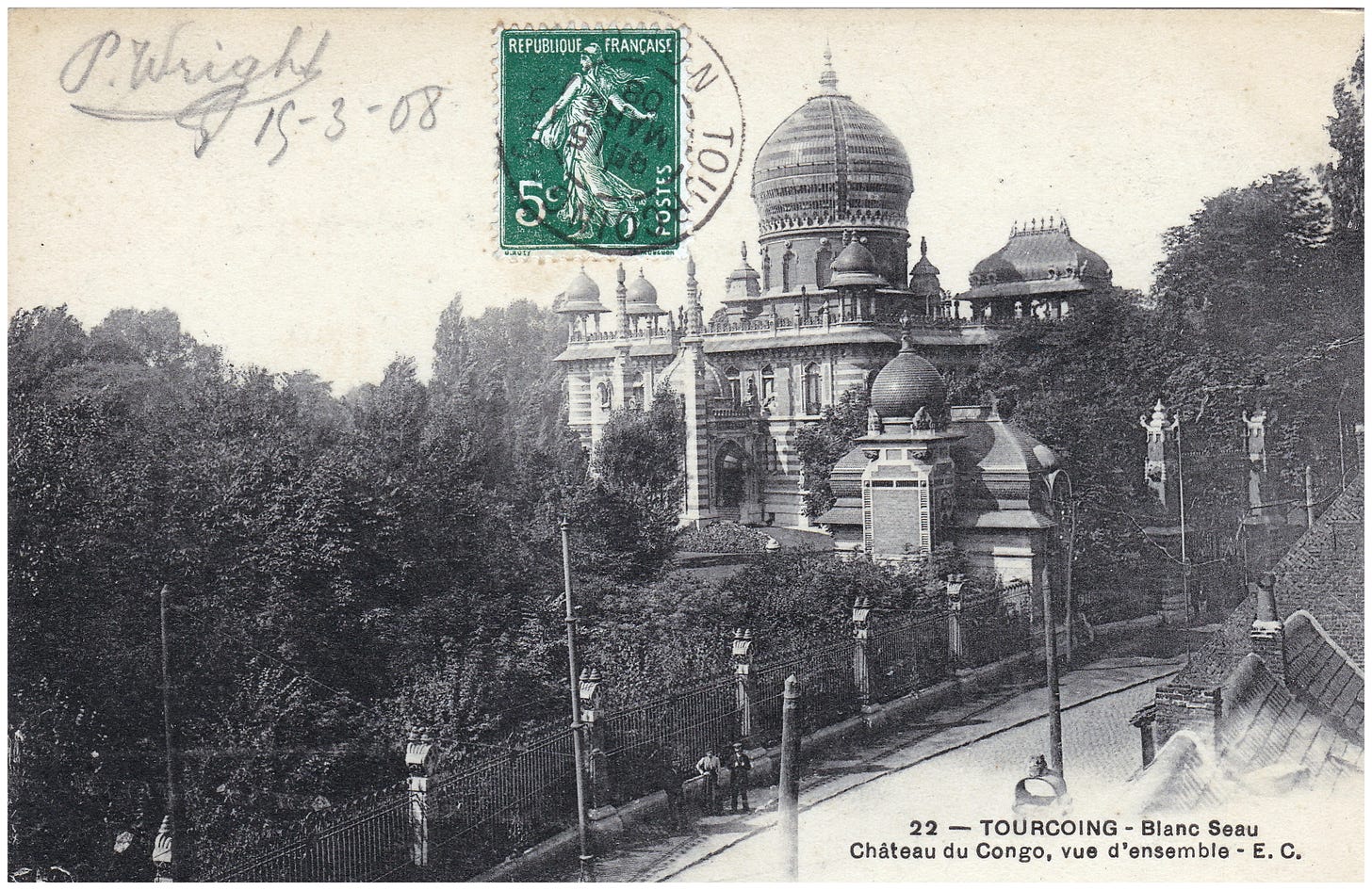
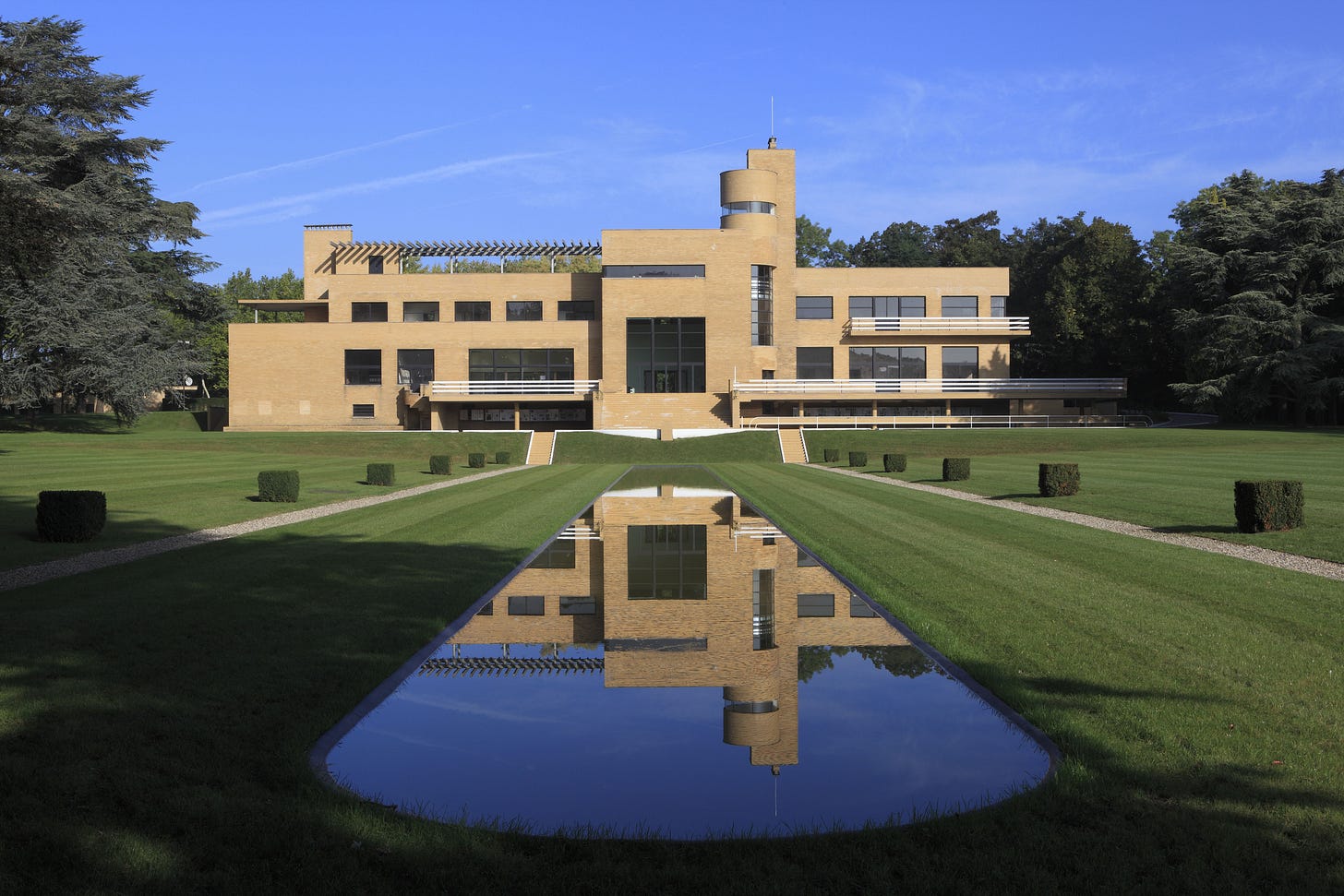
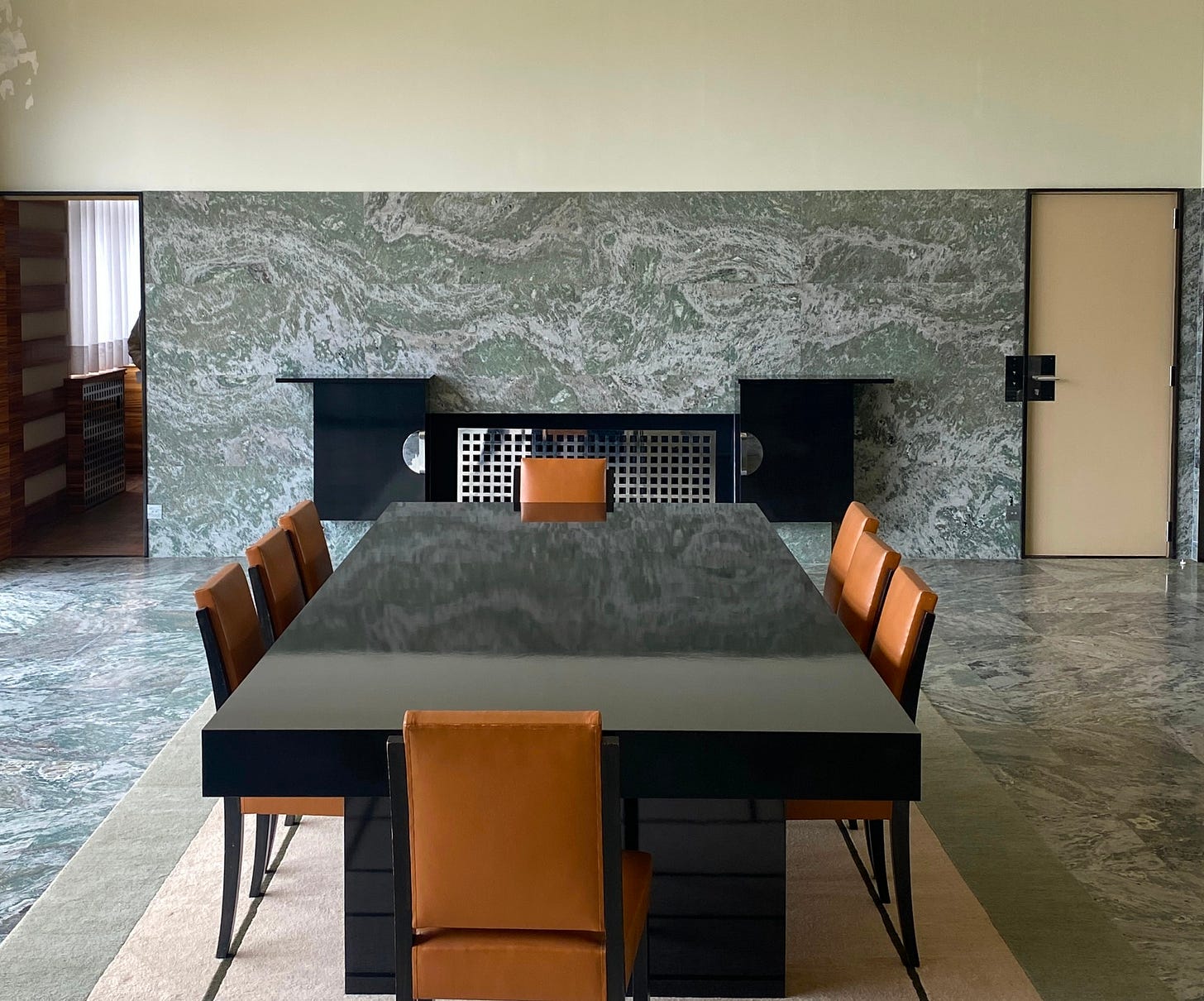

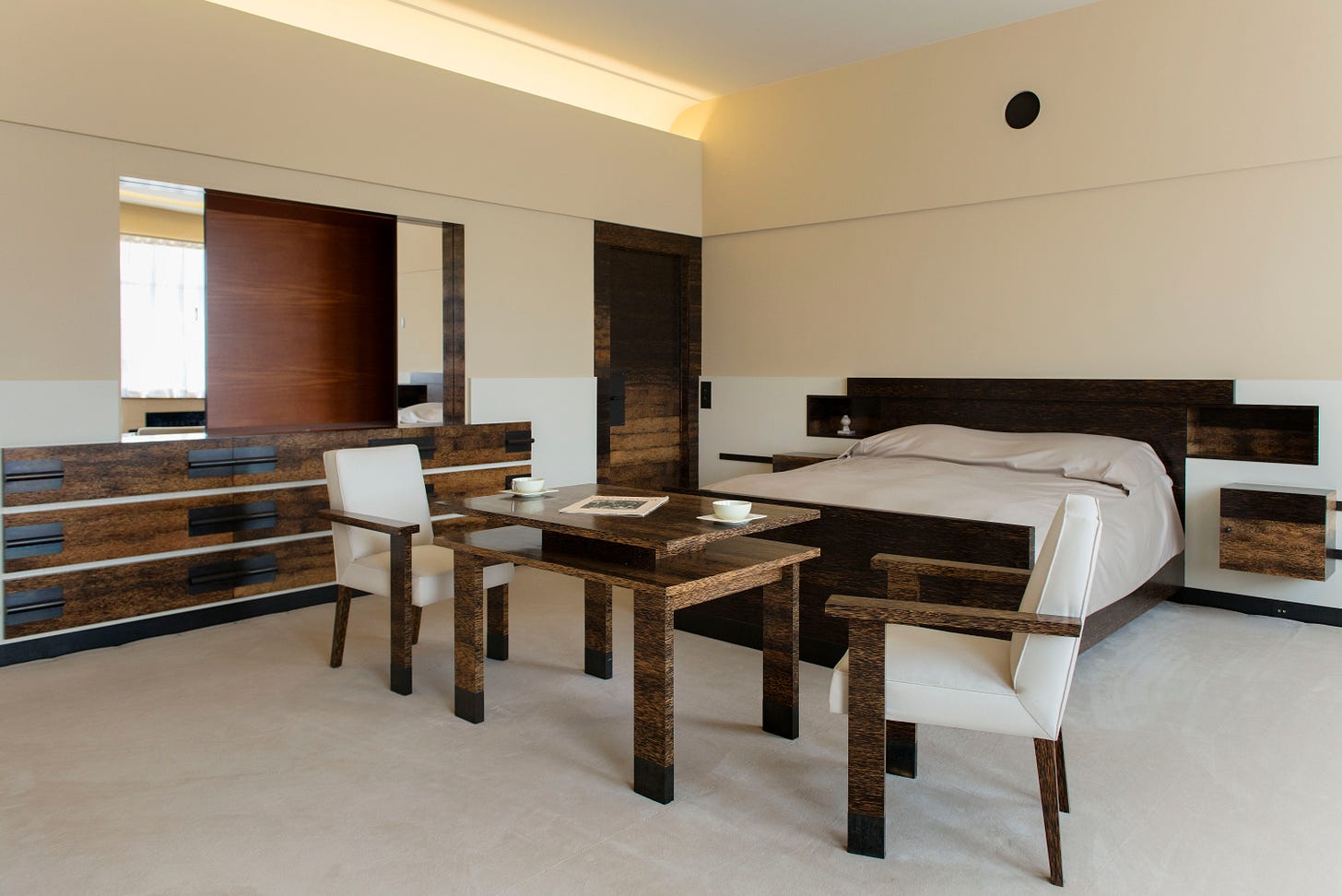
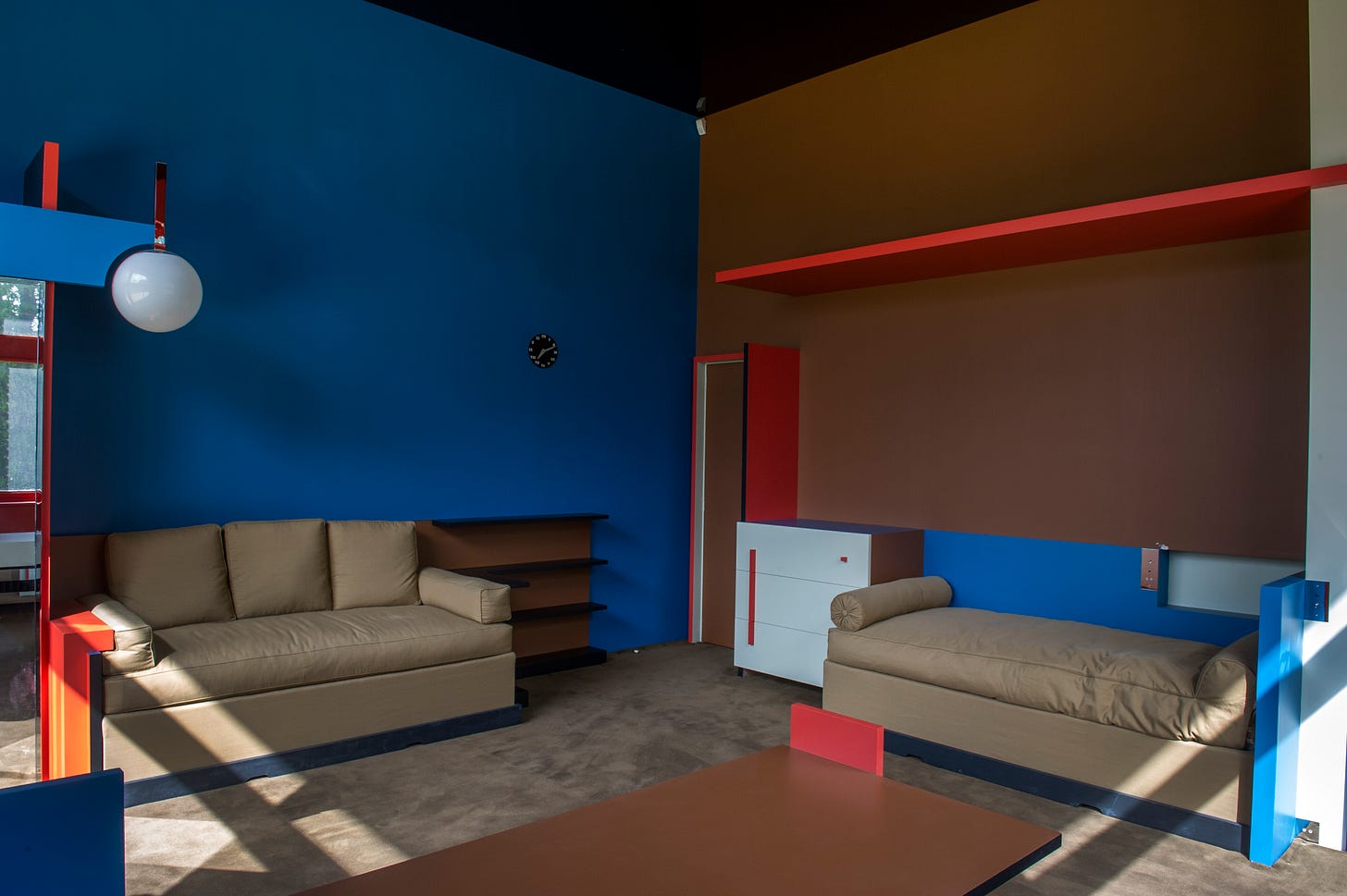
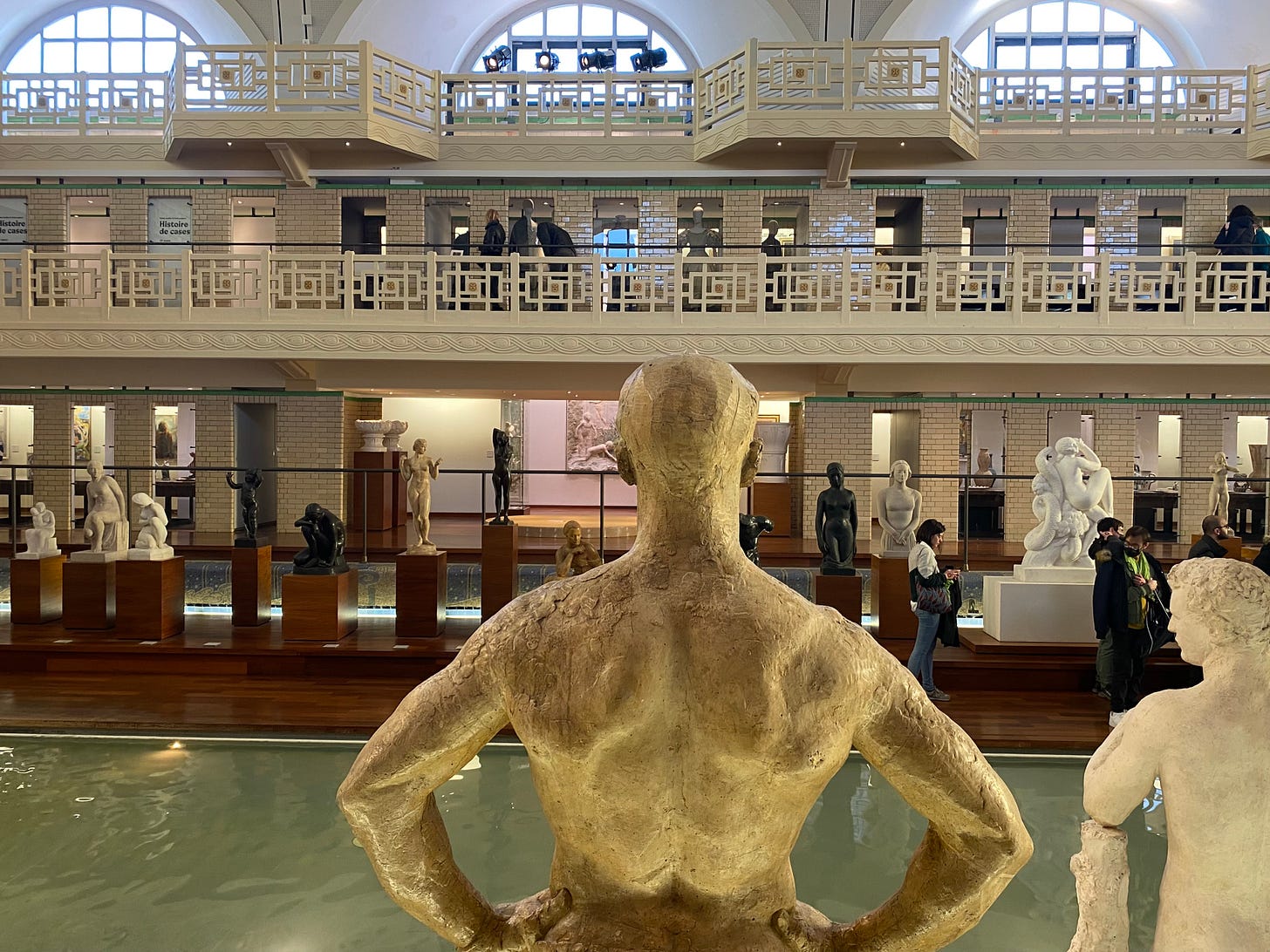
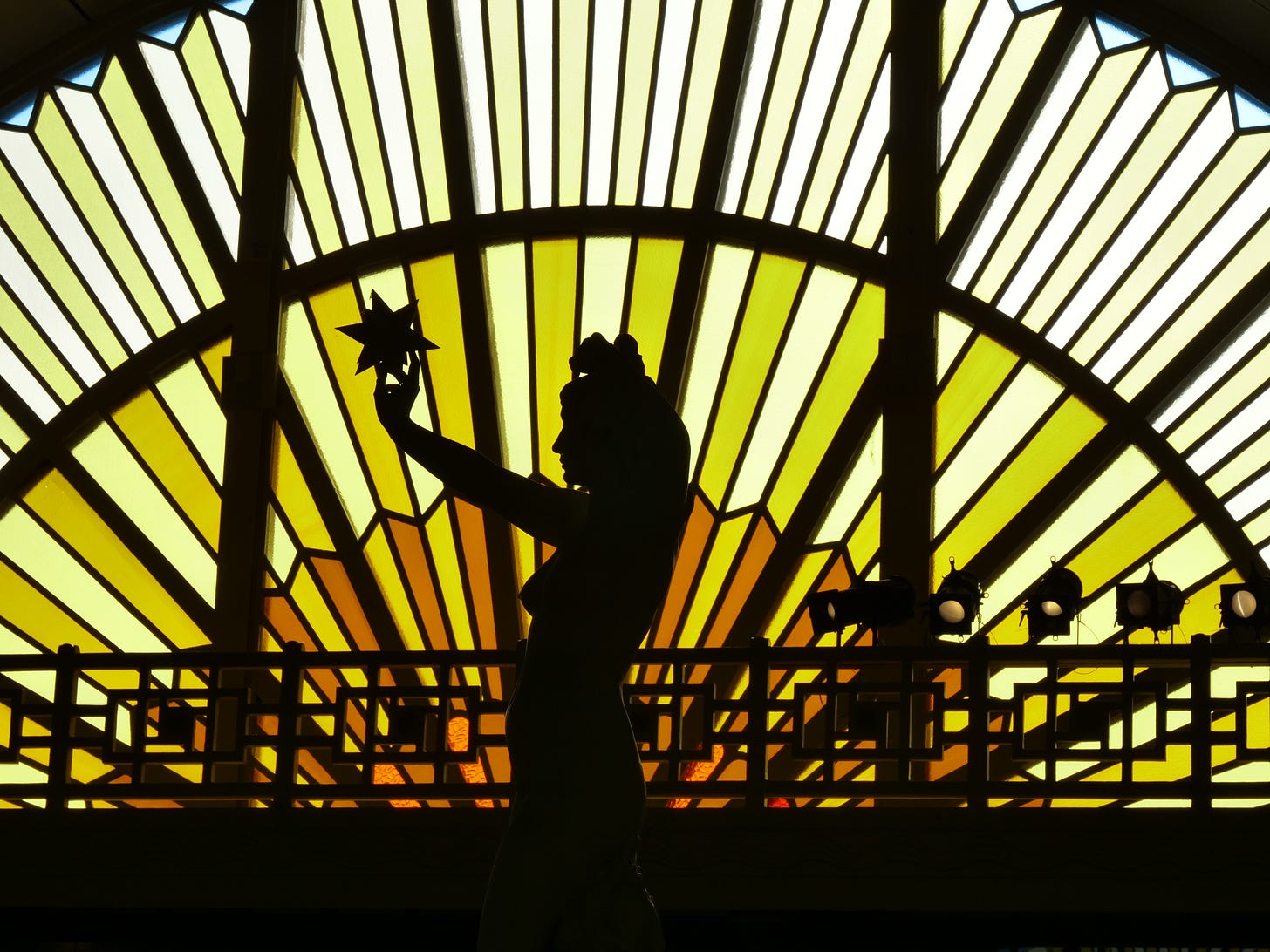


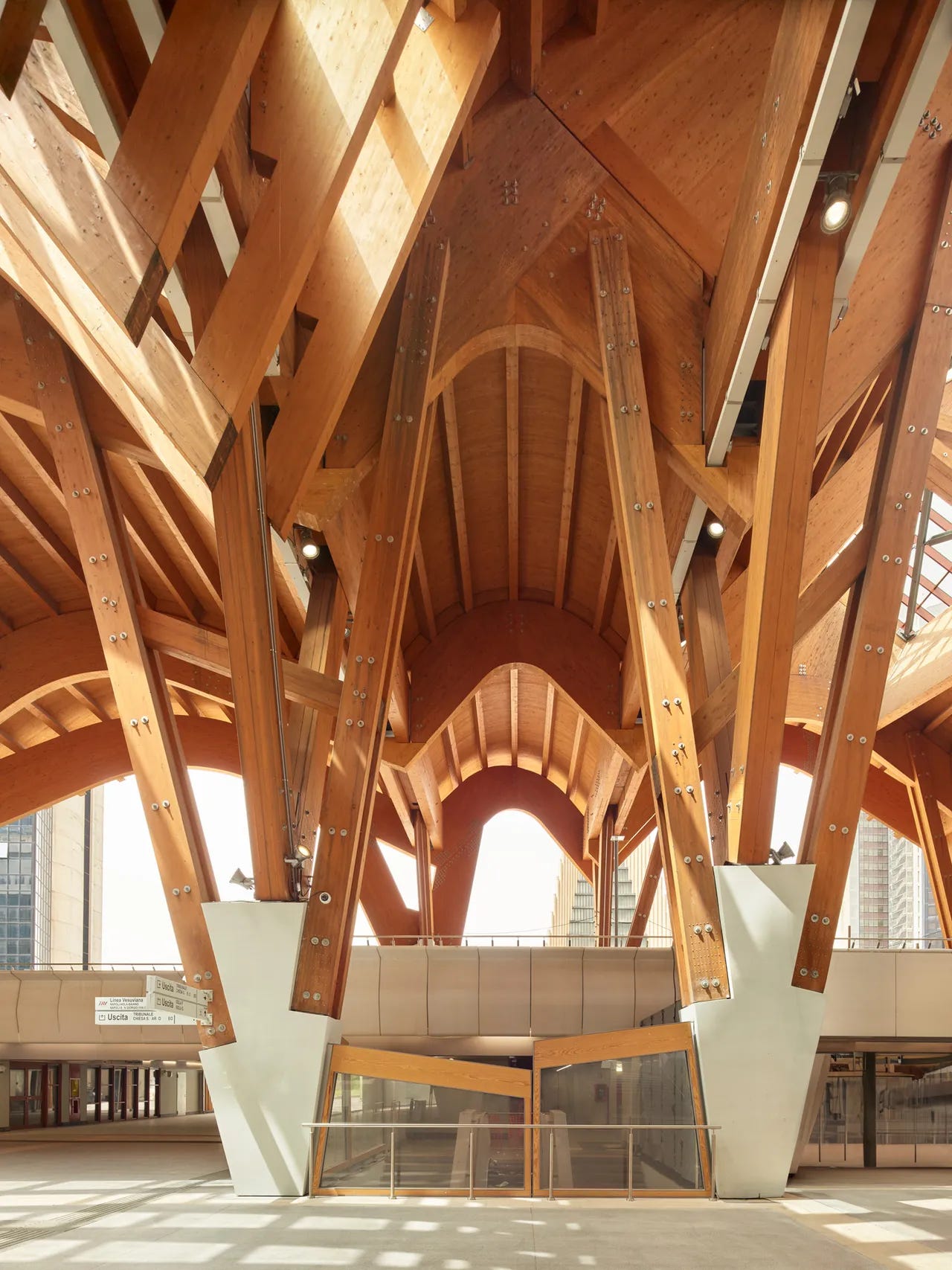

Can we get some recs for travel Tuesday deals ?
Perfect timing for this article thank you 🙌🏾